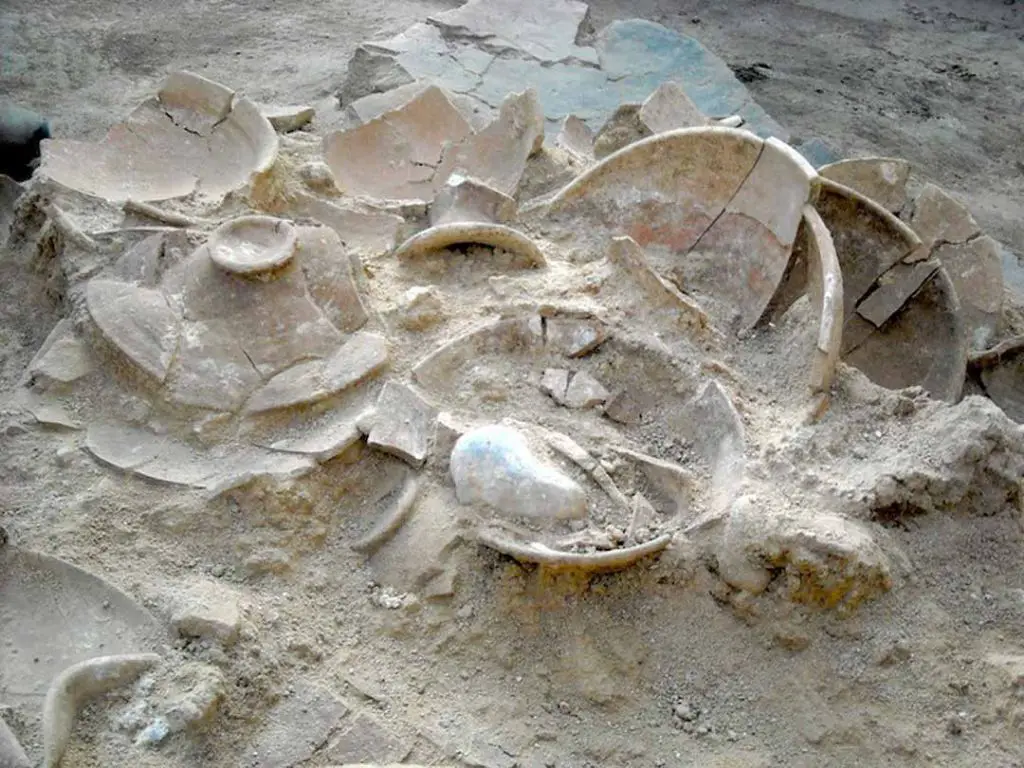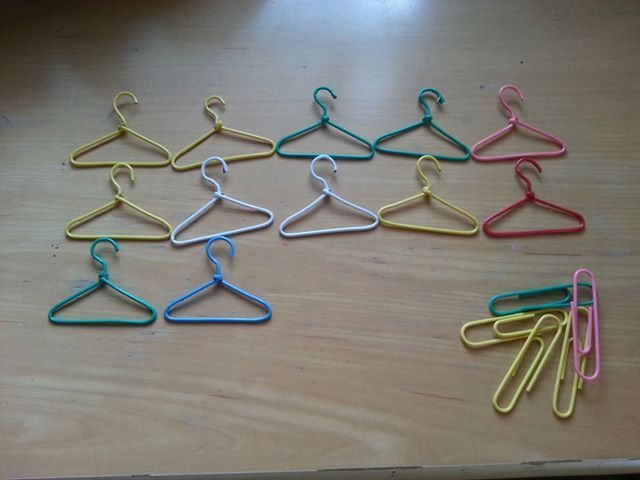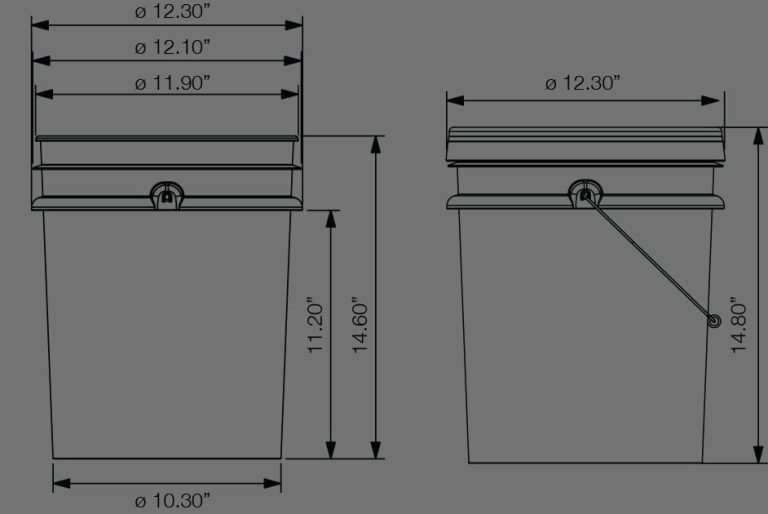Why Are Minecraft Pottery Shards Called Sherds?
Introduction
Minecraft is a popular sandbox video game where players explore, gather resources, craft tools and structures, and battle mobs in a randomly generated 3D world. The game features a variety of blocks and items that players can collect and use for crafting and building. One of these items is the pottery sherd.
Pottery sherds, also referred to as potsherds or shards, are items found while digging in archeological sites in Minecraft. They resemble broken pieces of pottery vessels and ceramic artifacts. Despite their fragmentary appearance, these sherds can be used in crafting decorative pots and vases in the game.
Definition of a Sherd
A sherd is a broken piece of pottery, usually one found at an archaeological site. The word “sherd” comes from the Middle English “scherde” meaning a fragment or piece broken off from a larger object. Specifically in archaeology, a sherd refers to a fragment of an ancient ceramic vessel or pottery that has broken into pieces, either from being discarded or through deterioration over time while buried.

Sherds are an important artifact that archaeologists study to learn about ancient cultures and history. By examining the material, size, shape, color, patterning, and manufacturing techniques of sherds, archaeologists can determine things like the time period a vessel was made, what it was used for, artistic styles, and trade networks. Sherds provide clues about pottery production methods, culture, and technology of past civilizations.
So in summary, a “sherd” is the archaeological term for a broken piece of an ancient ceramic or pottery vessel. Studying sherds found at dig sites gives insights into materials, manufacturing techniques, uses, culture, age, and more from past societies.
Sources: https://www.beachcombingmagazine.com/blogs/news/sherd-or-shard
Origin of the Word Sherd
The word “sherd” has its origins in Old English, where it was spelled “sceard” and meant “fragment”. According to the Online Etymology Dictionary, “sherd” comes from the Old English “sceard”, which in turn comes from the Proto-Germanic “*skerdaz”.
The term was specifically used to refer to fragments of broken pottery found during archaeological excavations. Over time, the spelling evolved from “sceard” to “sherd”. According to the Wiktionary entry for “sherd”, the word dates back to before 1150 AD and was inherited from Germanic languages.
The Oxford English Dictionary notes the first known use of “sherd” in writing is from the Old English period. Per the OED, “shard” and “sherd” were originally variants of the same word, but over time “sherd” became the preferred term in archaeological usage when referring to fragments of broken pottery.
So in summary, “sherd” has its linguistic origins in Old English and Proto-Germanic terms meaning “fragment”. It has long been used in archaeology to refer to pottery fragments, and evolved from variants like “sceard” to become the standard modern spelling.
Use of Sherd in Archaeology
Sherds, also known as potsherds, are an incredibly valuable artifact in the field of archaeology. As defined by http://www1.chapman.edu/~bidmead/G-find.htm, a sherd is “a broken piece of pottery.” Sherds are so prevalent at archaeological sites because pottery was a common part of everyday ancient life for cooking, storing food and liquids, and serving meals. Over time, these ceramic vessels would chip, crack, and break into sherds.
According to https://www.patternsofevidence.com/2021/01/28/pottery-sherds-in-the-dirt-2/, sherds are one of the most plentiful artifacts found during archaeological excavations. Even a single broken pot can produce dozens or hundreds of sherds scattered across a site. Archaeologists meticulously collect and analyze these sherds to help determine the age of a site, trade patterns, manufacturing techniques, and everyday activities of ancient peoples. The sheer quantity of sherds found demonstrates just how vital pottery was in antiquity. Sherds provide archaeologists with valuable clues about the lifestyles and cultures of the past.
Sherds in Minecraft
In Minecraft, sherds (also called pottery shards) are broken pieces of decorated pottery that can be found throughout the game world. According to the Minecraft Wiki, sherds are items that can be used to craft decorated pots with ornamental designs [1]. There are twenty different variants of sherds with unique patterns.
Sherds are found naturally generated within blocks of suspicious sand and suspicious gravel in various Minecraft biomes like deserts, beaches, rivers, and ocean floors [2]. These special blocks have slightly different textures from regular sand and gravel. When mined, they have a chance of dropping 1-2 sherds along with some sand or flint.
The unique pottery shard items enable players to restore and recreate ornate vessels and vases. Different combinations of shard types result in pots with various aesthetic designs. This provides an artistic element to the game, allowing players to admire and collect visually appealing relics from imaginary ancient civilizations.
Finding Sherds in Minecraft
Sherds can be found in several structures that generate in Minecraft worlds. According to the Minecraft Wiki, sherds have a chance to generate as loot in trail ruins, ocean ruins, desert pyramids, desert wells, jungle temples, and swamp huts. Sherds can spawn in pots within these structures.
The main ways to find sherds are by looting chests and breaking pots in the structures where they can generate. Desert pyramids and ocean ruins tend to be good places to find sherds since they contain many pots. Sherds can also sometimes be found in dungeon chests.
It’s worth searching in the deserts, oceans, jungles, and swamps of your world to come across the structures where sherds can appear. Bring an axe to smash pots and collect any sherds that drop. With some exploring, you’re bound to accumulate some of these rare ceramic fragments.
Crafting with Sherds
Sherds can be used in Minecraft to craft decorative pots that have ornamental designs. To craft a decorative pot, players will need 1 pot and 1 sherd of any type. This will result in a decorative pot with the design corresponding to the type of sherd used.
There are 20 different sherd types players can find, each with their own unique ornamental pattern. This allows players to create a variety of decorated pottery to liven up their builds. Some popular uses for decorative pots crafted with sherds include flower pots, storage containers, and general decoration.
In addition to crafting, some players enjoy collecting all 20 sherd types to complete the set. Sherd collecting can be a fun scavenger hunt across Minecraft worlds. Players who manage to collect all the sherds have a sense of accomplishment and a complete collection of pottery-crafting ingredients.
Overall, sherds in Minecraft offer a simple but creative way for players to make decorative pottery. The range of possible designs keeps crafting interesting, while also providing collectibles for those who want a challenge.
Rarity of Sherds
Sherds are highly valued by Minecraft players due to their rarity. They can only be obtained in survival mode by digging in blocks of suspicious sand and suspicious gravel, which have a low chance of generating in deserts and beaches. Sherds have just a 2.5% chance of dropping when these blocks are broken with any tool, meaning players must search extensively to collect them.
Only 20 unique sherd designs exist in the game code, making completing the set a difficult achievement. Experienced players have estimated it takes destroying over 1,000 blocks of suspicious sand/gravel to obtain all the variants. The vibrant colors and intricate patterns on sherds also make them appealing collector’s items. Their scarcity means players frequently trade them with others who are still missing certain designs.
Due to how rarely they generate naturally, sherds have become coveted items. Their rarity has turned them into status symbols among dedicated Minecraft players who have put in the hours hunting for these elusive blocks. Collecting a full set of all 20 sherd types is a badge of honor in the Minecraft community.
Sherd Collecting
Some Minecraft players enjoy collecting rare or hard-to-find pottery sherds as achievements. Sherds with unique patterns or colors can be especially prized. Players may compete to amass the largest or most diverse sherd collection. Rare sherds like the Wanderer Potsherd are highly coveted due to their scarcity. Collectors will proudly display their sherds in item frames or other decorative blocks. Trading sherds with other collectors is also popular. Some servers have even established informal sherd economies where rare sherds can sell for in-game currency, items or services. Overall, sherd collecting provides dedicated Minecraft players with another way to show off their achievements and engage more deeply with the game’s content.
According to the Minecraft Wiki article on Pottery Sherds, “Due to their rarity, unique decoration, and method of obtaining them, they are popular among collectors.” https://minecraft.fandom.com/wiki/Pottery_Sherd
Conclusion
In summary, pottery shards are called sherds in Minecraft because the term sherd has long been used by archaeologists and historians to refer to broken fragments of pottery vessels. Though sherd may sound unusual to some Minecraft players, it has an established history and meaning when discussing pieces of fractured pottery. Mojang likely chose to adopt the archaeological term sherd to add a sense of authenticity and realism to pottery shards found while exploring ruins in the game. Calling these pottery fragments sherds connects them to real ancient pottery and archaeological discoveries, using a vocabulary familiar to those who study material culture. For Minecraft players interested in the game’s backstory and worldbuilding, the name sherd draws a line between the fantasy universe of Minecraft and the history of our own real world.



